From Guest Blogger Conor MacGuire: A Beginner’s Guide to Renewable Energy
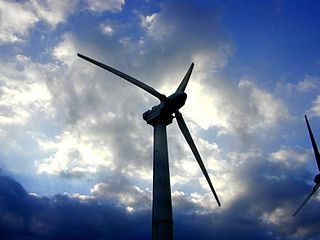
If only 0.02% of the sun’s energy that actually reaches planet earth is tapped, it would be enough to suffice the energy demands of the world. The sooner we put to maximum use this free gift, the faster we will make this world a better place to live.
Renewables Are Big Cost Savers
When the cost of lives is compared to the living styles with coal and energy on one side and wind and solar on the other, it is a small price to pay. While thousands of people die due to air pollution caused by cola and power plants, no deaths have been reported till date due to wind, solar or other renewable energy fuels. It is notable that prices for production in wind and solar energy have dropped over the years and can now be compared with traditional power systems. There is continuous research going on to reduce production cost by 90% and at no cost of lives.
The main source of usable energy comes from fossil fuels and nuclear power in present day. When these fuels are burnt they emit gases that produce green house effect and irreparable damage to the atmosphere. There are doubts about the proper disposal of nuclear waste and nuclear, fossil fuels, as they are procured from disturbed regions of the world. Energy from renewable sources does not cause any damage and never causes acid rain or black holes in the ozone. They will never run out, unlike their counterparts and are more sustainable.
Meanwhile you can check here do you qualify for a new boiler replacement for your home.
Different Sources of Renewable Energy
Renewable energy sources are not limited to the sun and wind alone. Check here the different natural resources that can supply us energy without draining out.
1. Solar Energy
Most modern buildings are designed to utilize solar energy in the most efficient manner. There are designs and techniques to bring natural light inside a building using light tubes or Sun Pipes. Solar panels can be installed very easily to take care of all the energy needs of a household.
2. Wind Power
Turbines have become a common sight in UK and Europe. It is now possible for individuals to buy turbines and install them over a small farm area. A micro turbine can also be fitted inside the gable. In a wind turbine the blades are connected to the hub that in turn rotates the shaft. Electricity is generated by the running of the shaft which runs the generator. There is absolutely no generation of pollutants in the process. They are most effective in open exposed areas and can produce power
3. Wood Pellets or Biomass
It is a form of carbon, but in its neutral form. Wood pellets are a kind of processed fuel that resembles cat litter. It is produced from compresses saw dust and conventional wood logs. It can be used for boilers and stoves, with automated ignition. Very easy to use, they have become very popular in the last decade.
4. Hydroelectricity
Contrary to popular notions, hydropower plants can be set up in streams or ponds too. It is the extraction of energy from water into an easily usable from. Turbines are employed in the path of fast flowing water to tap this liquid gold. The water flow can either be diverted or a running fast flowing river can be harnessed. The potential of sea waves is now a project that has got global attention and is being pursued vigorously by countries like Ireland and UK.
Author Bio: This is Conor MacGuire. I am author and co-founder of Green Energy Scotland Limited. I have been involved in the renewable and energy saving sector for a number of years, garnering valuable experience through working with some of the leading organizations in the carbon reduction, renewable and waste solution industries. You can contact us or can get more updates on our Google+ Business page.

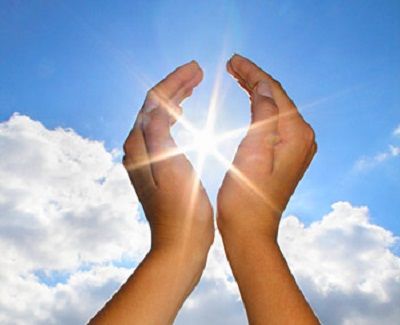
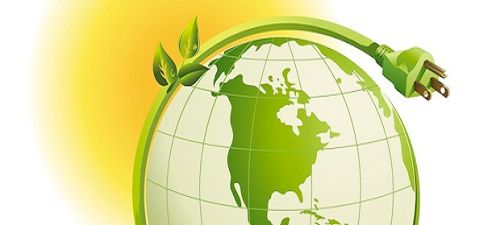
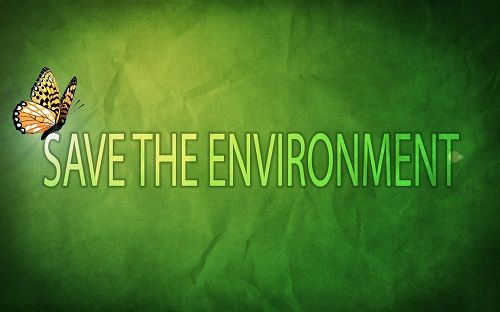
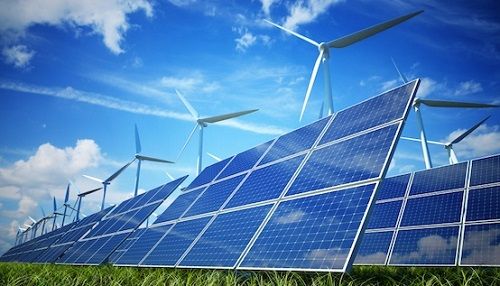

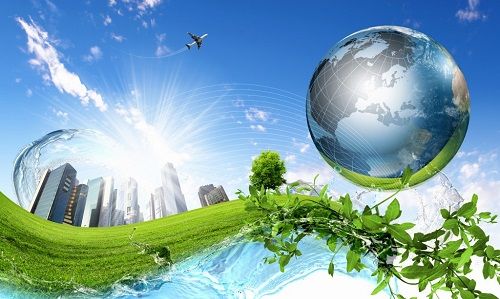
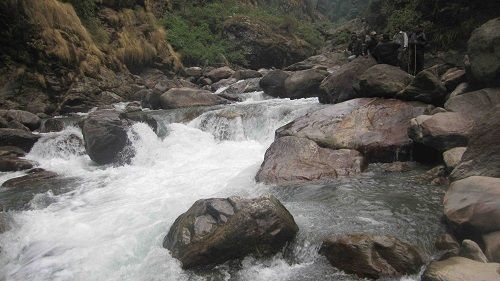
One thing I would like to see is a comparison of these technologies at an end user consumer level. For example, I live in UK how much Kw/h would I get from a £10,000 investment in a wind and solar setup? And a few plus/minus points for each, because what info we have here is great but there is little I can do with this if I wish to be self sufficient.